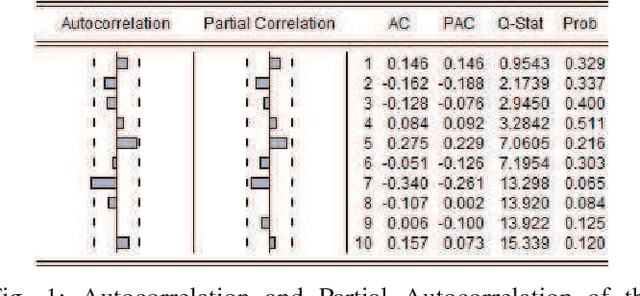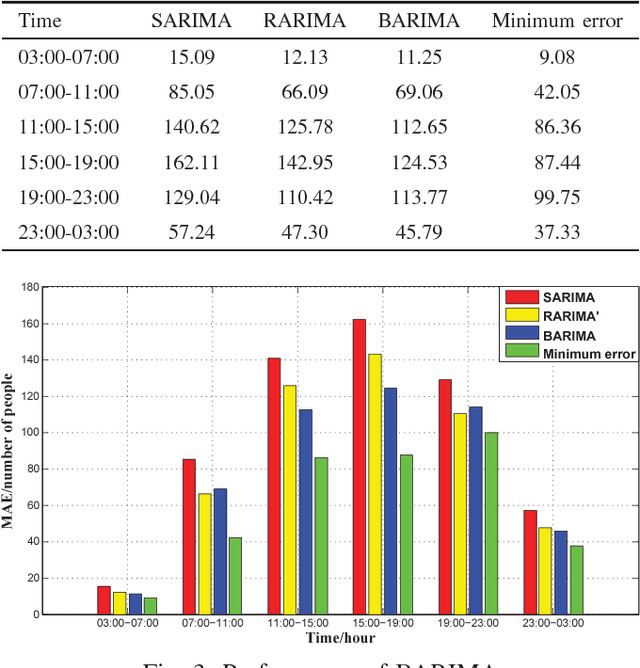Lei Xiong
HPGN: Hybrid Priors-Guided Network for Compressed Low-Light Image Enhancement
Apr 03, 2025Abstract:In practical applications, conventional methods generate large volumes of low-light images that require compression for efficient storage and transmission. However, most existing methods either disregard the removal of potential compression artifacts during the enhancement process or fail to establish a unified framework for joint task enhancement of images with varying compression qualities. To solve this problem, we propose the hybrid priors-guided network (HPGN), which enhances compressed low-light images by integrating both compression and illumination priors. Our approach fully utilizes the JPEG quality factor (QF) and DCT quantization matrix (QM) to guide the design of efficient joint task plug-and-play modules. Additionally, we employ a random QF generation strategy to guide model training, enabling a single model to enhance images across different compression levels. Experimental results confirm the superiority of our proposed method.
Texture-guided Coding for Deep Features
May 30, 2024



Abstract:With the rapid development of machine vision technology in recent years, many researchers have begun to focus on feature compression that is better suited for machine vision tasks. The target of feature compression is deep features, which arise from convolution in the middle layer of a pre-trained convolutional neural network. However, due to the large volume of data and high level of abstraction of deep features, their application is primarily limited to machine-centric scenarios, which poses significant constraints in situations requiring human-computer interaction. This paper investigates features and textures and proposes a texture-guided feature compression strategy based on their characteristics. Specifically, the strategy comprises feature layers and texture layers. The feature layers serve the machine, including a feature selection module and a feature reconstruction network. With the assistance of texture images, they selectively compress and transmit channels relevant to visual tasks, reducing feature data while providing high-quality features for the machine. The texture layers primarily serve humans and consist of an image reconstruction network. This image reconstruction network leverages features and texture images to reconstruct preview images for humans. Our method fully exploits the characteristics of texture and features. It eliminates feature redundancy, reconstructs high-quality preview images for humans, and supports decision-making. The experimental results demonstrate excellent performance when employing our proposed method to compress the deep features.
iACOS: Advancing Implicit Sentiment Extraction with Informative and Adaptive Negative Examples
Nov 07, 2023



Abstract:Aspect-based sentiment analysis (ABSA) have been extensively studied, but little light has been shed on the quadruple extraction consisting of four fundamental elements: aspects, categories, opinions and sentiments, especially with implicit aspects and opinions. In this paper, we propose a new method iACOS for extracting Implicit Aspects with Categories and Opinions with Sentiments. First, iACOS appends two implicit tokens at the end of a text to capture the context-aware representation of all tokens including implicit aspects and opinions. Second, iACOS develops a sequence labeling model over the context-aware token representation to co-extract explicit and implicit aspects and opinions. Third, iACOS devises a multi-label classifier with a specialized multi-head attention for discovering aspect-opinion pairs and predicting their categories and sentiments simultaneously. Fourth, iACOS leverages informative and adaptive negative examples to jointly train the multi-label classifier and the other two classifiers on categories and sentiments by multi-task learning. Finally, the experimental results show that iACOS significantly outperforms other quadruple extraction baselines according to the F1 score on two public benchmark datasets.
The Limits of ChatGPT in Extracting Aspect-Category-Opinion-Sentiment Quadruples: A Comparative Analysis
Oct 10, 2023Abstract:Recently, ChatGPT has attracted great attention from both industry and academia due to its surprising abilities in natural language understanding and generation. We are particularly curious about whether it can achieve promising performance on one of the most complex tasks in aspect-based sentiment analysis, i.e., extracting aspect-category-opinion-sentiment quadruples from texts. To this end, in this paper we develop a specialized prompt template that enables ChatGPT to effectively tackle this complex quadruple extraction task. Further, we propose a selection method on few-shot examples to fully exploit the in-context learning ability of ChatGPT and uplift its effectiveness on this complex task. Finally, we provide a comparative evaluation on ChatGPT against existing state-of-the-art quadruple extraction models based on four public datasets and highlight some important findings regarding the capability boundaries of ChatGPT in the quadruple extraction.
See the Near Future: A Short-Term Predictive Methodology to Traffic Load in ITS
Jan 08, 2017



Abstract:The Intelligent Transportation System (ITS) targets to a coordinated traffic system by applying the advanced wireless communication technologies for road traffic scheduling. Towards an accurate road traffic control, the short-term traffic forecasting to predict the road traffic at the particular site in a short period is often useful and important. In existing works, Seasonal Autoregressive Integrated Moving Average (SARIMA) model is a popular approach. The scheme however encounters two challenges: 1) the analysis on related data is insufficient whereas some important features of data may be neglected; and 2) with data presenting different features, it is unlikely to have one predictive model that can fit all situations. To tackle above issues, in this work, we develop a hybrid model to improve accuracy of SARIMA. In specific, we first explore the autocorrelation and distribution features existed in traffic flow to revise structure of the time series model. Based on the Gaussian distribution of traffic flow, a hybrid model with a Bayesian learning algorithm is developed which can effectively expand the application scenarios of SARIMA. We show the efficiency and accuracy of our proposal using both analysis and experimental studies. Using the real-world trace data, we show that the proposed predicting approach can achieve satisfactory performance in practice.
 Add to Chrome
Add to Chrome Add to Firefox
Add to Firefox Add to Edge
Add to Edge